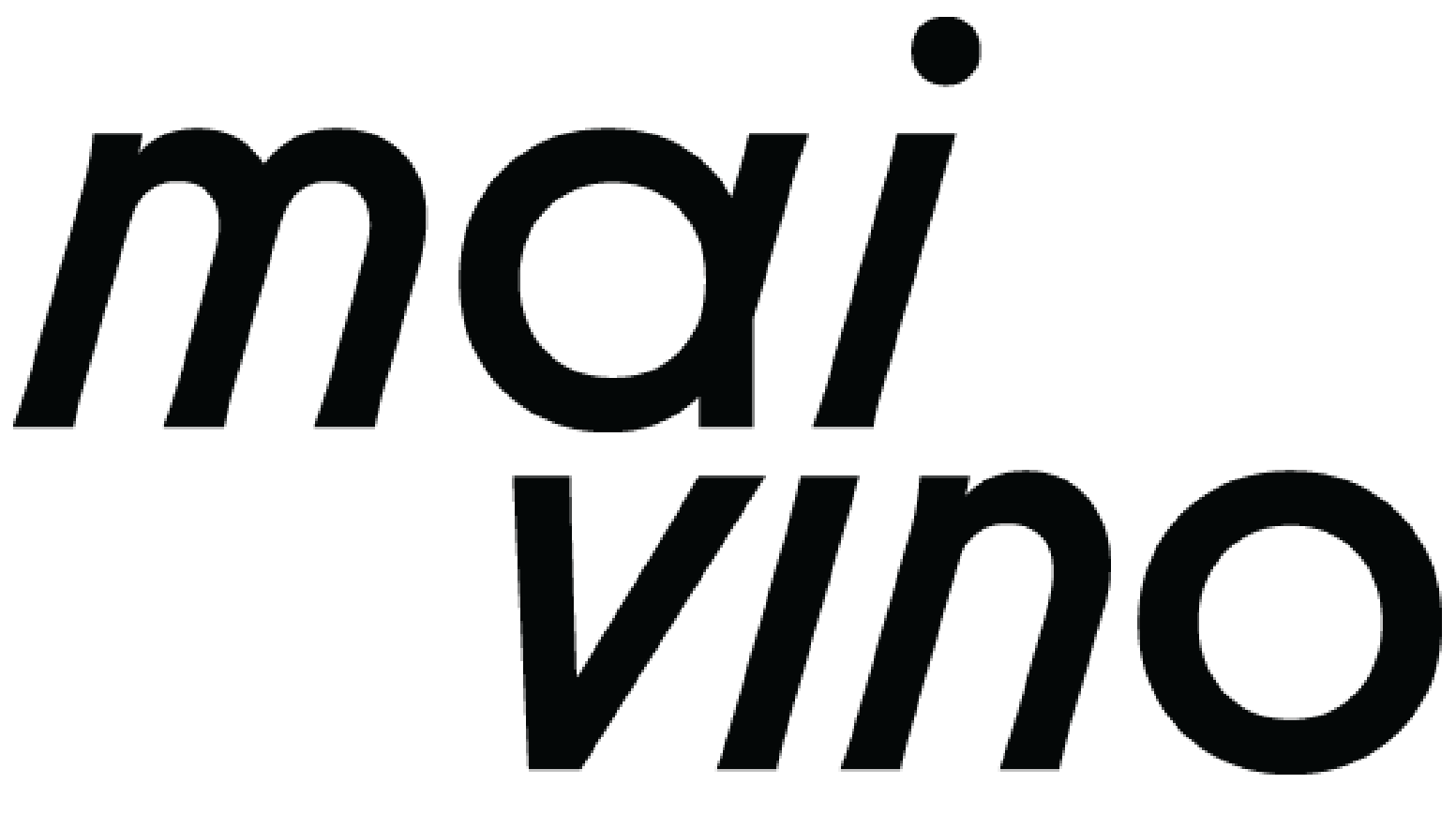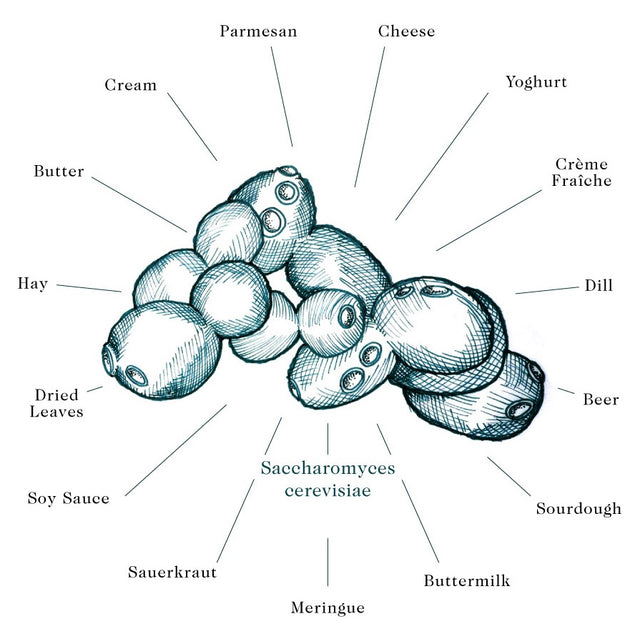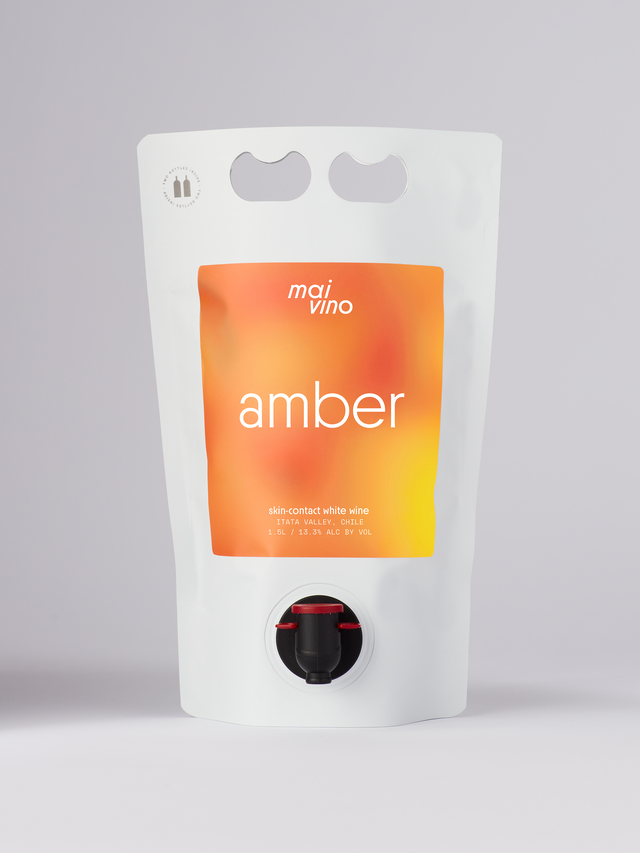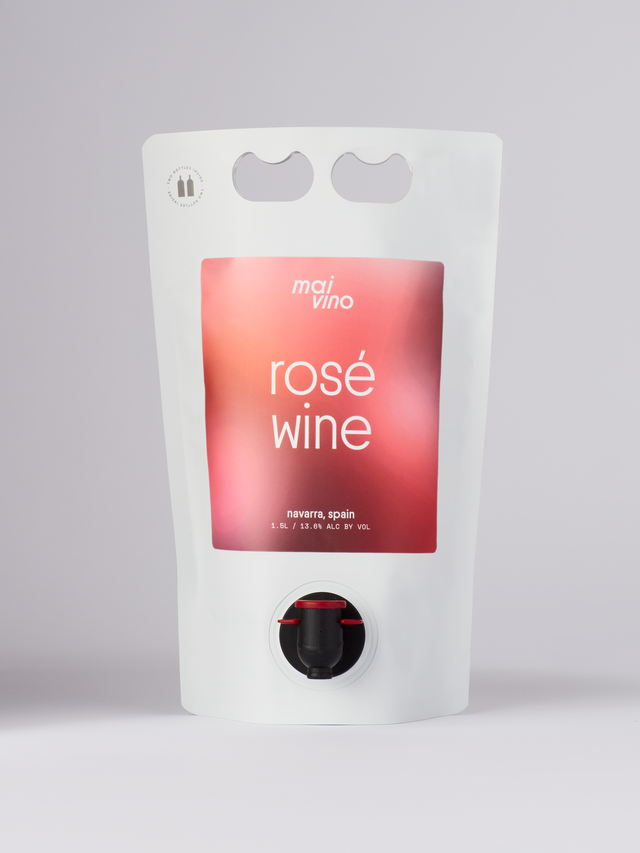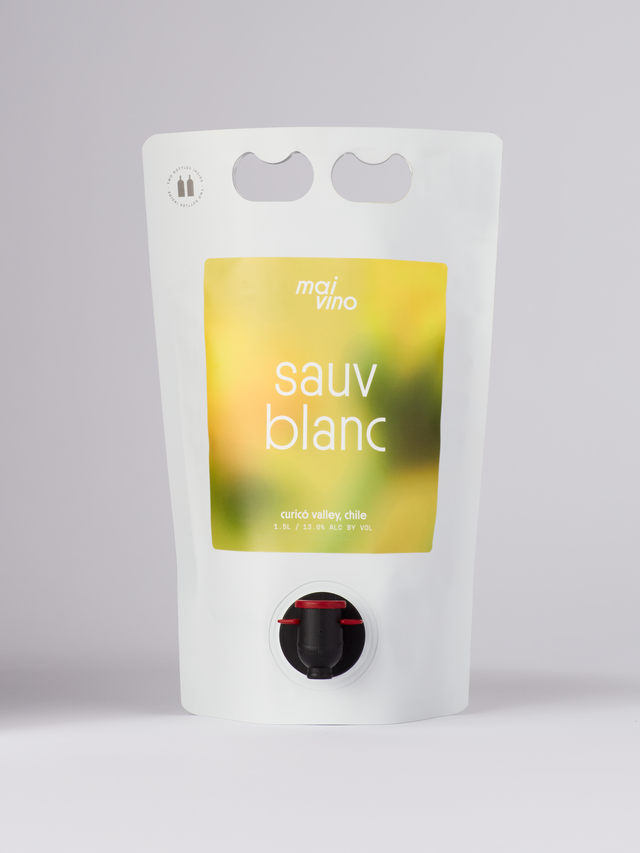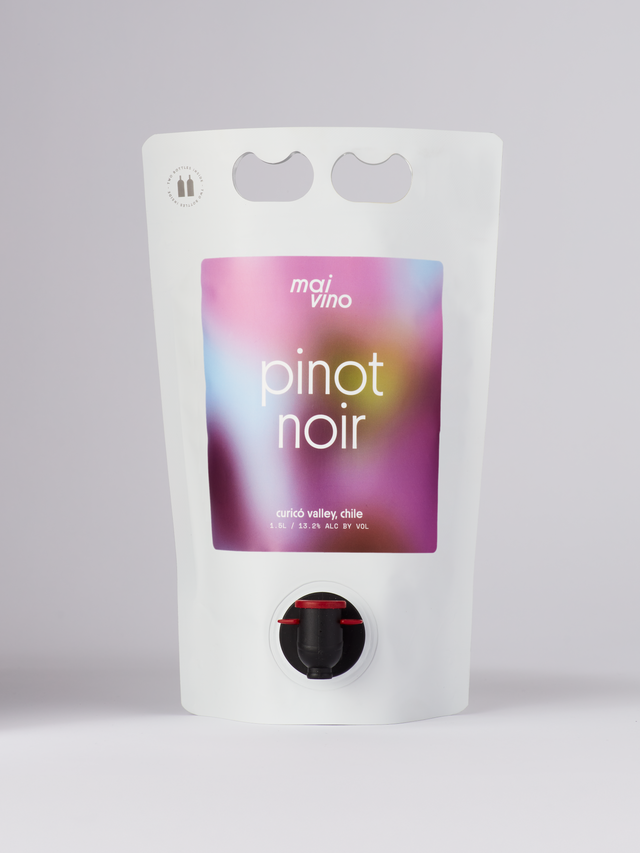Native Yeast Wine: A Unique and Flavorful Alternative
Alcoholic fermentation is essential in winemaking, converting natural sugars in grape juice into alcohol and giving the wine its unique flavor and aroma. While commercial yeast or cultured yeasts are commonly used in the winemaking process, there is a growing trend towards using native yeast and wild yeast in winemaking. It is frequently associated with natural wine and offers a unique and flavorful alternative to traditional wine.
Natural yeast is present on grape skins and in the vineyard. These yeast populations play a crucial role in the wine fermentation process, contributing to the final flavor profile of the wine. In contrast, commercial strains are selected for their ability to produce a consistent taste and are often used to ferment wine in a more controlled environment.
Born To Be Wild
Wild yeasts are strains of yeast that are not commercially grown. This yeast can be found in the vineyard environment and contributes to the natural fermentation process of the wine.
Using native and wild yeast in winemaking brings a new dimension to wine flavor, as the local environment influences the yeast population, more famously called terroir. Additionally fermentation with native yeast takes longer, this results in unique aromas and flavor profiles, which are impossible with commercial yeast fermentation.
The fermentation process for native yeast wine also differs from that of traditional wine. Unlike commercial yeast, added to the grape juice in a controlled manner, native yeast begins to ferment the juice naturally, using the yeast populations that are naturally present on the grape skins.
While making wine with native yeast can be more challenging, it offers many benefits, including higher acidity levels, tannins, and aroma compounds. These factors contribute to the unique flavor profile of native yeast wine.
Native yeast wine is not limited to red wine, as white wines, such as Chardonnay and Sauvignon Blanc, can also benefit from using native yeast. Using native yeast in winemaking is similar to sparkling wines like Champagne.
One of the most popular grape varieties for making native yeast wine is Pinot Noir. Using native yeast in the winemaking process brings out the grape's unique character, resulting in a complex and flavorful, which is why it's one of our best-selling varietals.
Inoculating grape juice with native yeast can also reduce the risk of spoilage and stuck fermentation as the yeast populations adapt to the local environment. In addition, sulfur dioxide, a commonly used preservative in winemaking, can be reduced or eliminated when using native yeast masterfully
While the use of native wine yeast in wild fermentation is becoming more popular, it is still considered a niche market. However, with the increasing demand for unique and flavorful wines, indigenous yeast wine is becoming more widely available.
At Mai Vino, we work with vintners to accurately capture the distinctive aromas and flavor profiles that define the best wines. Whether you're a fan of red, white, or rosé or orange wine, we’ve created a native yeast wine that is perfect for you.
